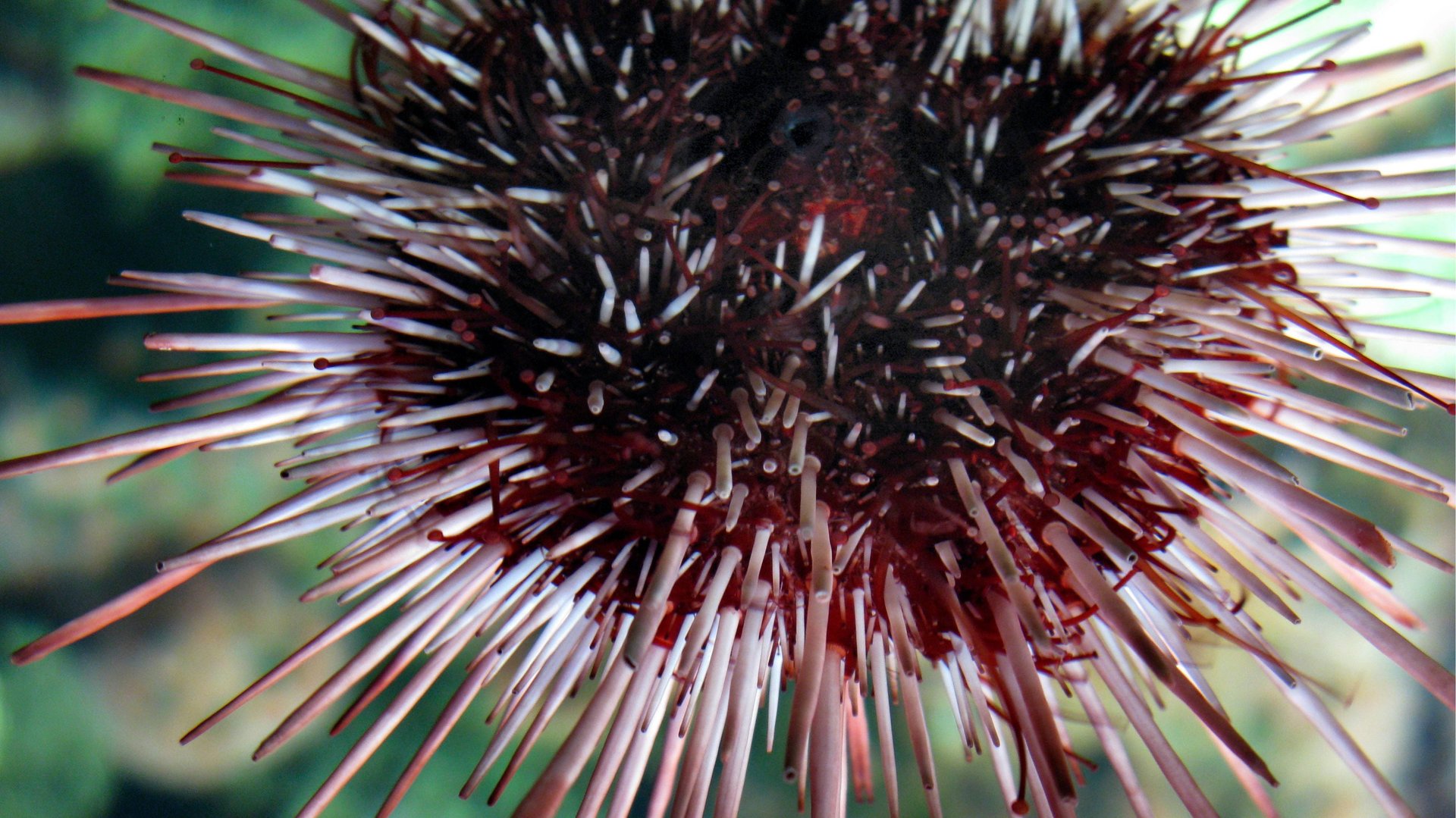One company has the majority of patents on sea creature genes
Although patent laws vary country to country, in most, you can’t patent a specific type of animal. But you can patent parts of an animal—specifically bits of its genome. These patents grant the owner exclusive rights to use a gene (even a modified one) and/or ownership of a way of isolating and obtaining a gene. The patent-owner has those rights for 20 years before that knowledge becomes free for use by anyone.


Although patent laws vary country to country, in most, you can’t patent a specific type of animal. But you can patent parts of an animal—specifically bits of its genome. These patents grant the owner exclusive rights to use a gene (even a modified one) and/or ownership of a way of isolating and obtaining a gene. The patent-owner has those rights for 20 years before that knowledge becomes free for use by anyone.
In a paper published earlier this month, a team of researchers decided to quantify how many genes from sea creatures have been patented. After wading through some 38 million records of genetic patents from around the world, they found almost 13,000 patented genes from 862 species of ocean life. These creatures are found all over the ocean, and range from majestic giants like the sperm whale and manta ray, to bizarre little filter feeders called sea squirts.
And microbes. A lot of microbes.
Microbes make up nearly 75% of the patented species identified in the study. In part, that’s simply because there are so many species of microbes in the sea. But in addition, their unique ability to survive some of most severe environments on Earth makes them especially valuable for biotech companies.
About 11% of the species identified as having patents on their genes live near hydrothermal vents. “Some of these microorganisms come from the deep sea, particularly unique areas of the ocean. The adaptation rates tend to be quite quick,” Colette Wabnitz, a marine scientist at the University of British Columbia and co-author of the paper, told Smithsonian Magazine. These vents are gaps in the ocean floor where hot magma seeps up from the mantle below. Only a few living things can survive these high-pressure, mineral-rich settings.
The scope of the paper didn’t include identifying what each of these genes would be used for, but the research team has a few guesses. Wabnitz told Smithsonian she believes some of the genes from sea-vent dwellers could be used in drug development and agricultural products. Robert Blasiak, a conservation researcher at Stockholm University who led the study, notes that some companies are already working on taking the genes from ocean microbes to make genetically modified foods, such as omega-3 fatty-acid-rich grapeseed and canola oil.
So it makes sense that, of all the patents found by the researchers, 47% belonged to Baden Aniline and Soda Factory (BASF), the largest chemical-producing company in the world. Collectively, Germany-based BASF owns 5,701 patents on sea life genes—more than any of the other 220 gene-patenting companies combined. Other major players include Dow Dupont, Bayer, Monsanto, Syngenta, but collectively, these company have 236 patents. The rest belong to smaller biotech companies, universities, and nonprofit research centers.
Right now, the international community doesn’t have a great framework for handling ownership of the genetics of ocean life. In 2010, 96 countries and the European Union signed an agreement called the Nagoya Protocol, which agreed to share the benefits of ocean biodiversity and work together to protect it (the US did not sign this protocol). However, this agreement was only for the areas of the ocean that fall within national boundaries; about 64% of sea water is outside these bounds, and is where a lot of the creatures with patented genes live.
The authors of the paper see their work as evidence for the need of a new legal system or cooperative agreement to ensure that everyone on the planet benefits from the genetic information from all sea creatures, which, at least theoretically, cannot be owned.